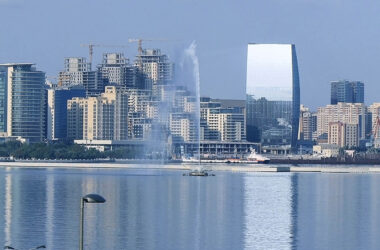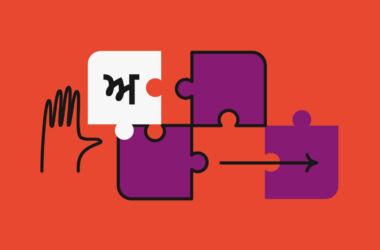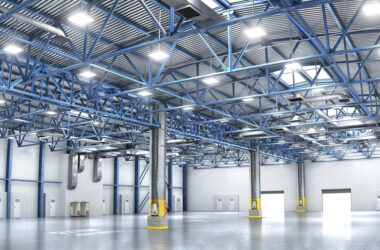The goal of technology is to help humans in carrying out tasks, and one of the most ancient forms of technology which continues to evolve to this day is automation. Used by the Greeks from around 300 BC to keep track of time, automation is any process that is performed with minimal human assistance. Automation can be classified into 3 types, based on flexibility, as fixed automation or hard automation, programmable automation or soft automation and flexible automation or process automation.
Automation is used everywhere, from the thermostats in homes to complex machinery used in factories. There are further more applications under development, especially by combining the traditional uses of automation with artificial intelligence.
The automation market growth is expected to rise at a CAGR of 6.6 percent, to reach a value of $178 billion by 2020. Europe is expected to continue to dominate the market until 2020, while the MEA is expected to have the fastest CAGR growth rate of 9.5 percent till 2020. While the largest end markets for discrete automation are general industrial, automotive, consumer goods and technology hardware, the largest end markets for process automation are resource industries.
Factors Driving Growth of Automation Market
There are multiple factors driving the growth of the automation market, including:
Elimination of Hazardous Manual Tasks: While humans have relatively strong bodies, there are a variety of tasks that pose as health hazards. For example, manual tasks exposing people to chemical dangers such as gases, dust and fumes, radiation dangers such as microwaves and infra-red, ergonomic in the form of large machinery and repetitive motion, and biological, from exposure to bacteria, fungi, and parasites. By expanding the applications of automation, people can be saved from exposure to hazardous stimuli, reducing the chances of danger.
Increased Productivity: People require rest and cannot work for extreme hours, while automation enables machines to work around the clock. With the aid of automation, productivity can be doubled. By delegating tasks to machinery, the companies can optimize their production levels without pressurizing the manual staff.
Operational Efficiency: In an ideal solution to reduce the chances of human error by introducing automation in key industries, operational efficiency can be boosted significantly. Automation applications in large scale industries and fields such as medical automation provide a safe and reliable alternative for production.
Smart Factories: The development of factories and the automated production process revolutionized the manufacturing industry, but still required manual supervision. Now, with further development of automation, there is the trend for smart factories, which use advanced technology to minimize the needs for manual supervision as required in earlier factory processes.
Process Automation: Apart from the applications of automation in machinery, the concept of process automation has increased the potential of the technology multi-fold. By means of process automation and artificial intelligence, software processes can also be automated, saving even more time for people. Due to the versatility of process automation, systems can be trained for everything from responding to queries to handling e-mail. Another benefit of process automation is that the control parameters can be changed as needed, making it cost-effective for end-users.
Automation may be an old concept, but it still has immense potential with applications stretching to nearly every industry. There are several factors driving the growth of the automation market at a global level, including increased productivity and efficiency, as well as process automation and industrial automation. Artificial intelligence, cloud backup, and the Internet of Things (IoT) are other factors expected to drive the market at a global level.







